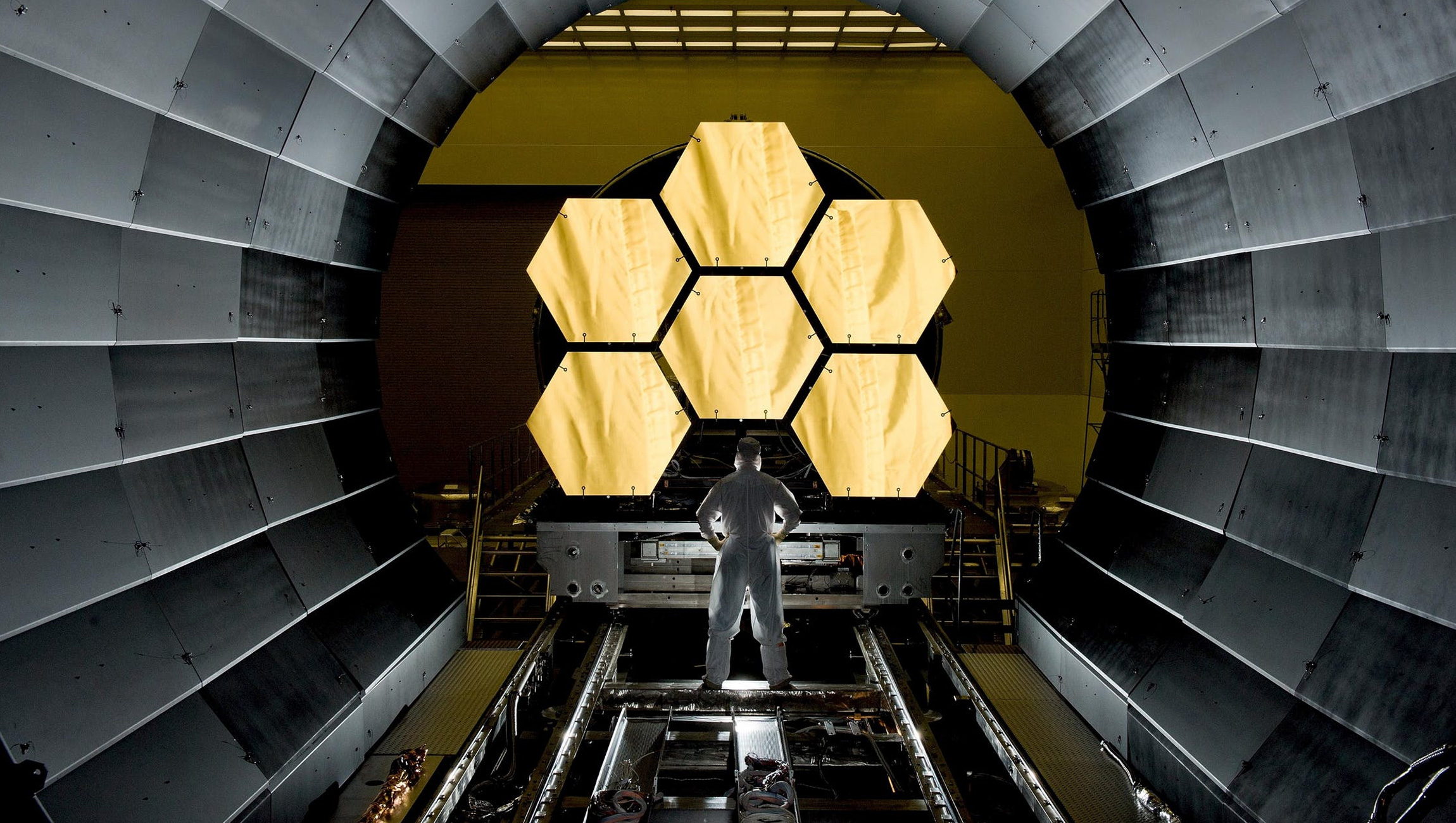According to a Forbes Survey from last year, 70 percent of buying decisions are influenced by how clients feel they are being treated; therefore, a superior personalized customer experience can go a long way towards increasing sales.
Personalization requires the right product or service to be offered to the customer at the right moment and at the right price. With a plethora of product and service suites available, customers often defer to the expertise of the business to recommend the right solution for them. Businesses that can predict customer needs and supply effective solutions can ensure that their client base is always satisfied. The adage “the early bird gets the worm” has never been so true.
Unfortunately, customers are not always easy to read, and that is where Product Recommendation Engines (PRE) lend value.
Read More: Data-Driven and AI-Powered Marketing in 2019 and Beyond
What Are Machine Learning-Driven Product Recommendation Engines?
With vast amounts of data about existing and prospective customers, it’s impossible to analyze and predict present and future needs without PREs. With PREs, sophisticated algorithms that utilize Machine Learning (ML) take key customer data into account, including purchase history, preferences and direct feedback. The algorithms then employ set processes that refine customer data into accurate recommendations.
The system can automatically deliver the right solutions to individual clients. This analysis of a customer’s behavior is done in real time and is coupled with previous insights about that customer and similar customers to come up with suitable alternatives. Simply put, the solution gives businesses the power to intelligently predict which solutions and offerings a specific customer might be interested in.
Read More: 3 Ways Marketers Can Use Machine Learning
Factors to Consider when Designing or Adapting a PRE:
1. Ease of Integration: PREs are often greedy in terms of their appetite for data and may need to source it from various data lakes or warehouses. Therefore, the need to easily integrate with existing systems or platforms becomes necessary.
2. Usability: Easy-to-use controls, clear reporting functions, and multichannel support options help ensure that users get the most out of the solution.
3. Effective Automation: Collect data, analyze it, and then deliver recommendations directly to customers, all automatically.
4. Combination of ML Algorithms: A vast array of ML algorithms can be leveraged for customer prospecting and recommendation. There is no right or wrong algorithm for the job, but the choice depends on the kind of data, the available computing power, and the final use case. For example, the data points and history for new customers will be vastly different from the data available for old customers. Therefore, the approach for the recommendation of products or services needs to consider the longevity of the customer.
5. Real-time Processing: The recommendation tool should constantly update and refine the output to stay in sync with the customer and transaction dynamics. If it doesn’t, it risks missing out on the right time to suggest the right offering to a client who is ready to be upsold or cross-sold.
Read More: Automated Content: How Artificial Intelligence Impacts Content Throughout the Organization
It’s important to remember that not every ML algorithm works with every kind of data, and complexity grows with the number of data points that need to be considered. Also, we must remember that small amounts of data produce poor results, and there is no “one size fits all” algorithm. There are lots of different algorithms that work with training data sets of different types, volume, and accuracy.
Although PREs work silently behind the scenes, they serve as a catalyst in helping businesses achieve their sales success and create lasting customer relationships. Backed by PREs, the sales and the marketing efforts are more focused, result-oriented and cost-effective. PREs also help in identifying potential cross-sell and up-sell opportunities that otherwise would have been overlooked by traditional methods.












Comments are closed.